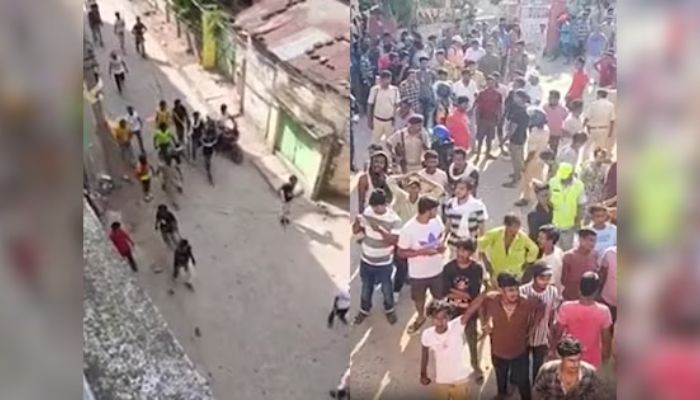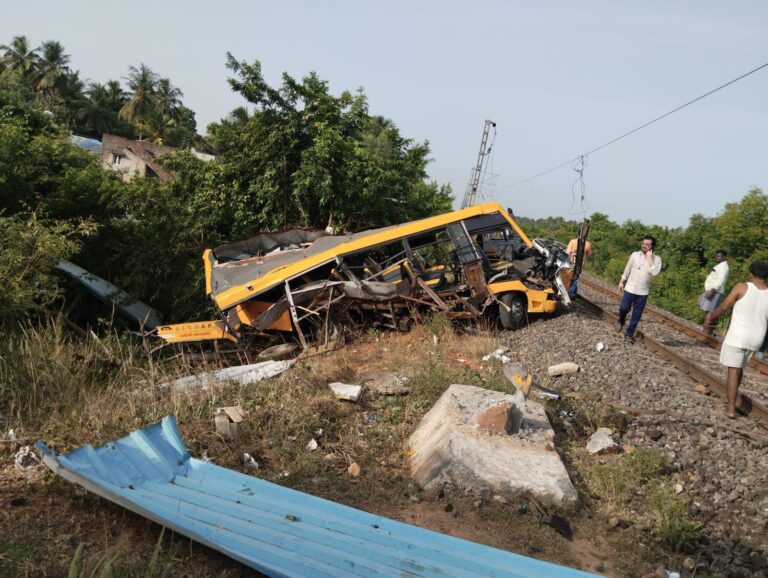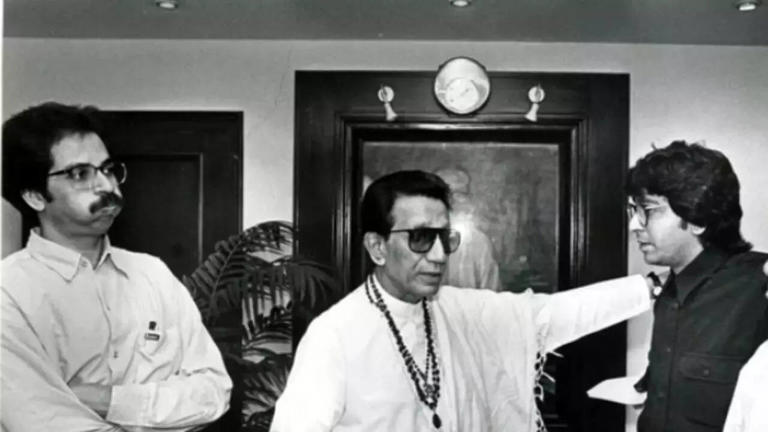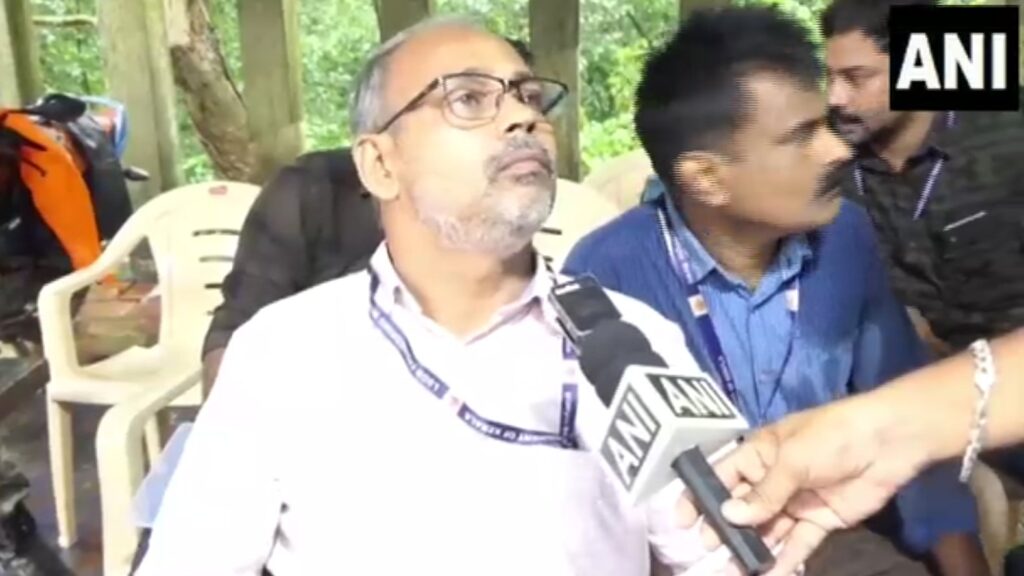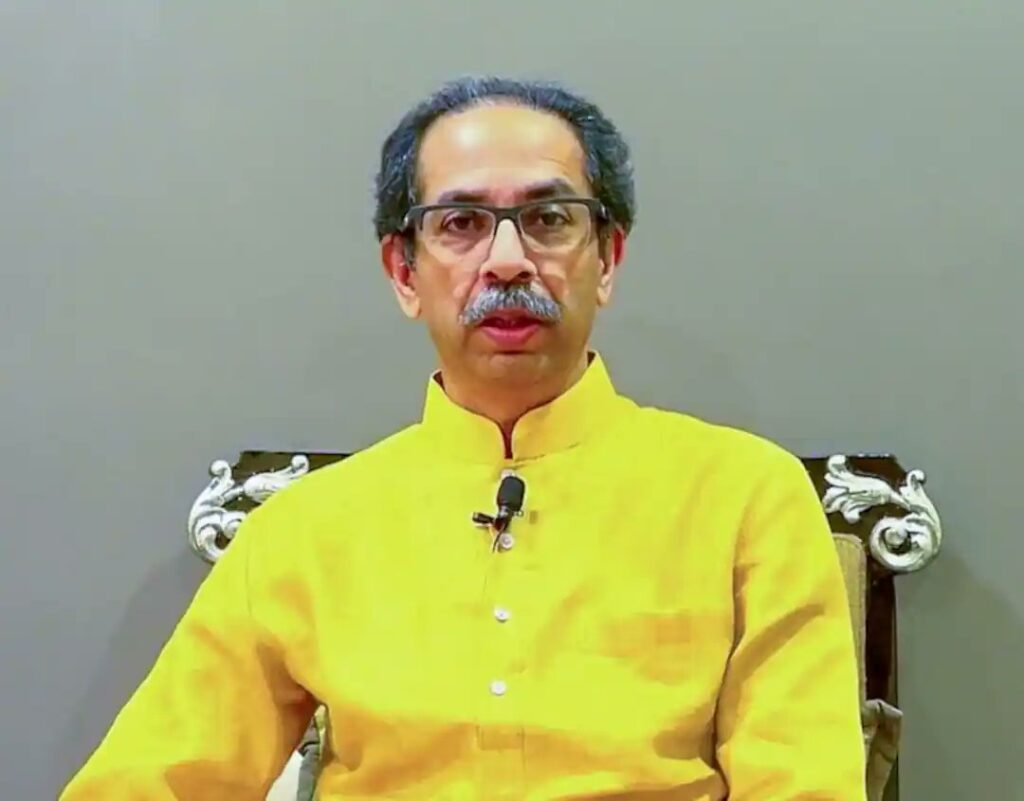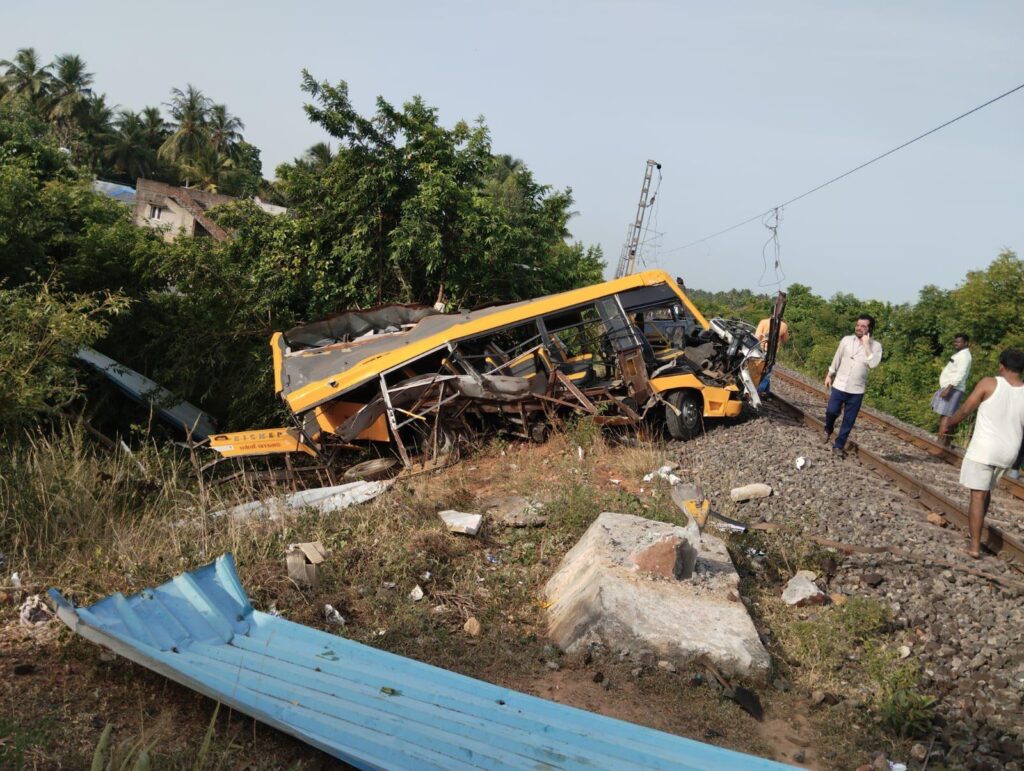India’s Measured Response to Pahalgam Terror Attack Targets Jaish-e-Mohammed and Lashkar-e-Taiba
On May 7, 2025, the Indian Armed Forces launched Operation Sindoor, a meticulously planned military strike targeting nine terrorist infrastructure sites in Pakistan and Pakistan-occupied Kashmir (PoK). This operation was a direct retaliation for the Pahalgam terror attack on April 22, 2025, which claimed 26 lives, primarily tourists. Executed with precision and restraint, Operation Sindoor aimed to dismantle terror networks while avoiding escalation with Pakistan. This article explains the operation, its execution, and its implications.
Operation Sindoor: A Targeted Anti-Terror Strike
Operation Sindoor began at 1:44 AM on May 7, 2025, with the Indian Army, Navy, and Air Force deploying advanced precision strike weapon systems, including kamikaze drones (loitering munitions) and SCALP cruise missiles launched from Rafale jets. The strikes hit nine terror camps linked to Jaish-e-Mohammed (JeM), Lashkar-e-Taiba (LeT), and Hizbul Mujahideen (HM) in Bahawalpur, Muridke, Kotli, Muzaffarabad, and other locations. The Indian Ministry of Defence confirmed that the operation was a response to the Pahalgam terror attack, targeting terror hubs responsible for planning attacks on India. Prime Minister Narendra Modi monitored the operation from New Delhi, with NSA Ajit Doval briefing US officials post-strike to emphasize India’s non-escalatory approach.
Bharat Mata Ki Jai 🇮🇳
— Impreet Singh Bakshi (@impreetsbakshi) May 6, 2025
Bole So Nihal Sat Sri Akaal 💪
The Indian Armed Forces have struck 9 sites in Pakistan-Occupied Kashmir (POK) with missiles to dismantle terrorist infrastructure.
This is Operation Sindoor.
Modi Hai Toh Mumkin Hai @narendramodi Ji 🔥#OperationSindoor pic.twitter.com/CD2KZZ9oZr
Strategic Targets and Casualties
The largest strikes focused on JeM’s stronghold in Bahawalpur, the hometown of terrorist Maulana Masood Azhar, and LeT’s headquarters in Muridke, near Lahore, led by Hafiz Saeed. These sites were critical for terror recruitment and training. Other targets included Kotli and Muzaffarabad in PoK, known for supporting cross-border terrorism. Reports estimate 80-90 terrorists were killed, with 25-30 casualties each at Bahawalpur and Muridke. India deliberately avoided Pakistani military installations or civilian areas, ensuring a surgical strike that minimized collateral damage. The operation caused temporary blackouts in Muzaffarabad and led to the closure of Srinagar airport for civilian flights, reflecting heightened security measures.
Global Response and India’s Stand
The United Nations urged India and Pakistan to exercise restraint, while Pakistan’s military claimed to have shot down Indian jets, a claim unverified by Indian sources. Defence Minister Rajnath Singh hailed the operation, stating, “Bharat Mata Ki Jai,” and the Indian Army posted on X, “Justice is served. Jai Hind.” The operation, named Sindoor to symbolize the red vermillion of resilience, was praised domestically for its precision and condemned by Pakistan as an act of aggression. NSA Ajit Doval’s briefings to global powers underscored India’s commitment to counter-terrorism without provoking a broader India-Pakistan war. The Ministry of Defence emphasized that Operation Sindoor was a measured response, supported by intelligence from the Research and Analysis Wing (RAW), and aimed to hold terrorists accountable for the Pahalgam attack.
In conclusion, Operation Sindoor marks a significant chapter in India-Pakistan news, showcasing India’s resolve to combat terrorism while maintaining restraint. The operation’s success in neutralizing terror camps without escalating into a war between India and Pakistan highlights the strategic prowess of the Indian Armed Forces. As tensions persist, the world watches closely for Pakistan’s response and the future of India-Pakistan relations.





